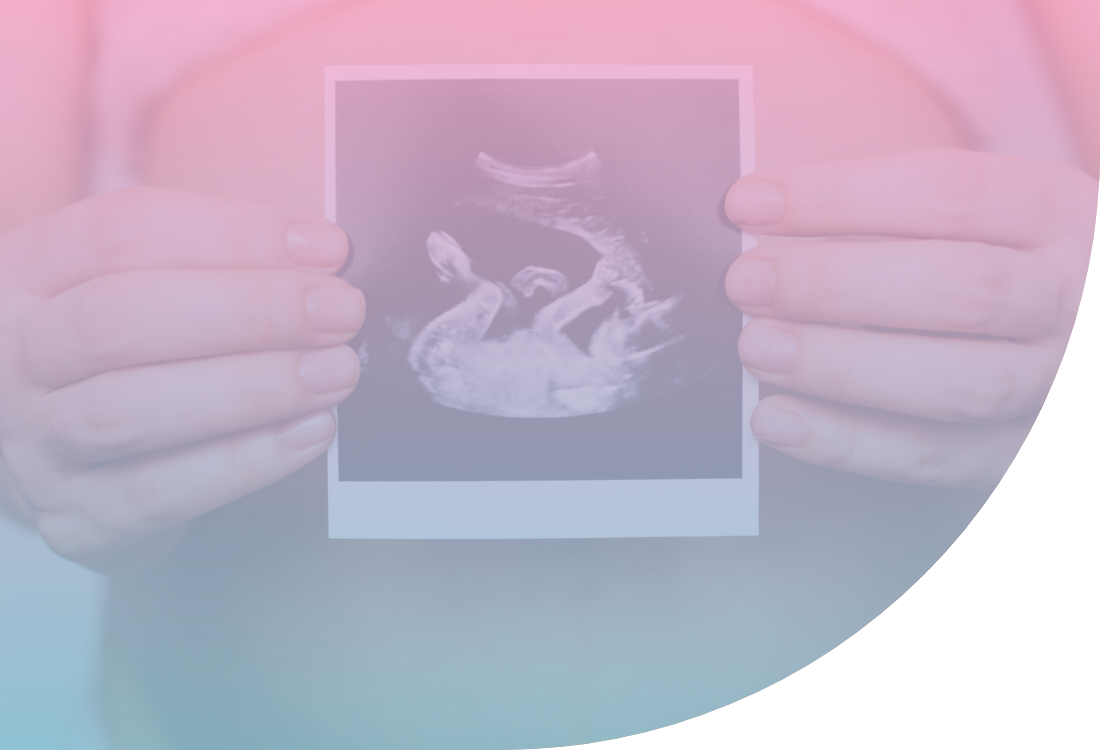At Embryowish, we offer modern fertility treatments in Athens, tailored to every couple’s or woman’s needs. Specializing in infertility treatments and advanced IVF treatments in Greece, our team is here to guide you with expertise and care. Discover all available options and choose the fertility treatment that suits you best.
Hysteroscopy
Hysteroscopy is an endoscopic surgical procedure used to examine and treat uterine diseases by inspecting the endometrial cavity.
During hysteroscopy, a hysteroscope, which is a thin medical instrument equipped with a built-in camera and light source, is inserted through the vagina and cervix into the endometrial cavity without making any incisions.
The procedure of Hysteroscopy
In the hysteroscopy method, we can examine the woman’s cervix, the shape of the uterine cavity and the openings of her fallopian tubes. The possibility of endometrial pathology such as uterine polyps, endometrial adhesions, congenital abnormalities in the structure of the uterus, submucosal fibroids and hyperplasia or endometrial cancer is also investigated.
What are the different types of hysteroscopy?
Hysteroscopy can be categorised as either diagnostic or invasive, depending on the purpose of the procedure.
Diagnostic hysteroscopy is a valuable and early method for diagnosing potential uterine issues, leading to more effective treatment. Additionally, hysteroscopy is used to address specific symptoms experienced by women, such as severe pain and heavy bleeding during menstruation. Hysteroscopy can be classified as either diagnostic or invasive, depending on the purpose of the procedure. It is also recommended in cases of postmenopausal bleeding and after recurrent miscarriages that may be linked to infertility. In patients experiencing implantation failures after IVF with high-quality embryos, hysteroscopy is considered essential. Finally, diagnostic hysteroscopy with a biopsy establishes the diagnosis of endometritis, which is a significant cause of IVF failure.
Invasive hysteroscopy is used to treat abnormalities in the endometrial cavity, such as uterine fibroids, polyps, adhesions, and congenital anomalies of the uterus. Endometrial polyps are removed using hysteroscopic scissors, while fibroids are removed with a special tool called a resectoscope.
The most appropriate time to perform the hysteroscopy is the 5th to 11th day of the cycle. The procedure is painless and completely safe. It is carried out while intoxicated and lasts about half an hour. The woman can return to her daily routine immediately. The pain level of hysteroscopy is relatively low and is managed with simple painkillers.
